Let me start off by saying that this blog is not about high-level recruitment strategy or your master plan for world recruiting domination. This piece is about sweating the small stuff in talent acquisition – specifically, raising the bar on employer recruiting etiquette…dotting all of your i’s and crossing your t’s. Especially, if your organization has been doing alright in getting decent candidates in a reasonable amount of time, but now wants to refocus, shape up and really win the applicants over in order to consistently pick from the cream of the candidate crop.
Try making these little adjustments throughout your selection and hiring processes and see how it impacts your candidates’ perception of your employer recruitment brand:
#11 – Make being responsive to candidates a priority
How often do you fall into the trap of telling a candidate that you will be in touch again no later than the end of the following week…and then it’s really three weeks before you get back to the candidate, or worse yet – never? It would not be acceptable for a candidate to get back to you far later than the date promised, so it should not be okay for you to dally on your end either. While being timely and responsive to candidates seems like it should be automatic; unfortunately, in my experiences this is not the case the majority of the time.
And while life happens and schedules do get pushed, it is completely fine to touch base with the candidate by the promised date just to let him/her know that the process has been delayed and that you will be back in touch by a certain future date – but that you are still interested in his/her candidacy. This is a good time to make sure the candidate is still available despite the new, pushed off deadline, as well.
#10 – Create an FAQ page on your applicant tracking software portal
While this one is certainly going to help support the idea that your employment brand conveys helpfulness and transparency, it is also selfish since it helps to cut down on the number of applicant questions you may receive during the hiring process – and that helps you save time and process employment applications more quickly. You’ve probably already thought of some frequently asked questions that you receive from candidates since you started reading this paragraph, but just in case, here are some ideas (some will be more relevant than others depending on your industry and position types sourced):
- Do you have both part-time and full-time positions available?
- Can I apply in person?
- How long will my application remain in the database? How often should I update it?
- Do I have to submit a new application each time I apply for a position?
- How long will it take before I can expect a call to schedule an interview?
- Do you have internships available?
- Do you accept applications year-round for certain positions?
- How many stages are typically involved in your interviewing process?
- What is your policy on using social media to connect with applicants?
- Will I receive a confirmation once I submit my application?
Add a page to your applicant tracking software (ATS) site for your own company’s frequently asked questions (FAQs) in the recruiting process.
#9 – Create a careers blog for your company
Kick number nine on the list up a notch by having a regular blog devoted to all things related to careers at your company. Invite your recruiters and hiring managers to periodically contribute content that would be helpful for your applicants and encourage applicants to subscribe to your careers blog RSS feed so they get the latest updates. You could accomplish this by inviting past applicants to subscribe to the blog by posting it in your status updates on various social media sites or embedding its URL into an email message sent out of your recruiting software portal. Here are some ideas for relevant topics:
- As you create job success factor summaries (spoiler alert – see #2 on the list below), post them to the blog and encourage subscribers to ask questions about positions
- Invite current employees to blog about what they like about their role and encourage them to be candid about what’s challenging in the job, as well
- Blog about upcoming job fairs where your company will have a booth
- Embed videos of company cultural events in the blog (corporate challenges, holiday pitch-ins, trade show exhibits, etc.)
- Offer tips on how to best prepare to interview and/or where to find out the latest and greatest about your organization’s milestones
#8 – Be truly prepared to interview your candidates
 The best potential hires will take time to research your organization before their first interview, and often, before they even apply to a position. As a recruiter, you can always tell who did their homework based on the answers to your questions or comments they make in the interview. Don’t disappoint your interviewees by failing to return the favor of preparing to interview them, as well. Your best applicants may quickly disengage from the process when recruiters have to fumble around during the phone interview and take time to read the candidate’s resume and application to get up to speed because the recruiter failed to do so before the interview began.
The best potential hires will take time to research your organization before their first interview, and often, before they even apply to a position. As a recruiter, you can always tell who did their homework based on the answers to your questions or comments they make in the interview. Don’t disappoint your interviewees by failing to return the favor of preparing to interview them, as well. Your best applicants may quickly disengage from the process when recruiters have to fumble around during the phone interview and take time to read the candidate’s resume and application to get up to speed because the recruiter failed to do so before the interview began.
#7 – Get a little more personal with your rejections (breaking up is hard to do)
Given the volume of recruiting you may do for your organization, it is very possibly not in the cards for you to send a custom, individualized rejection letter or email to every single applicant who does not make the cut. However, hiring technology at least affords you the opportunity to send mass emails using custom email templates. Instead of having one generic “no thank you” email template that is sent to every applicant that is declined, you may at least have a few different rejection email templates. Here are some simple solutions to being a little less generic:
- Have different templates for the different stages at which someone is removed from the process (i.e. decline after initial phone screen, decline after 1st in-house, decline after final round of candidates, etc.)
- A template that lets them down easily and encourages them to apply again in the future vs. one that specifically omits mention of encouragement to apply for future positions
- A template that discloses that the reason one was not selected is because the position was put on hold or filled internally (at least the candidate then knows that you didn’t reject due to qualifications or experience…but rather because the employer’s plans changed)
#6 – Impress your finalists and keep them close even if they aren’t selected
 Chances are, if you are following the other recommendations in this list, you will start to see even better candidates – especially in the final stage of your selection process for various positions. This is a great situation, but it will make the final decision harder since you’ll be choosing from among “A players.” Make a lasting impression on the final interviewees who aren’t selected by offering to not only stay connected with them (i.e. via LinkedIn, Twitter, automated job alerts, etc.), but also to encourage them to use you as a networking resource to help them get their foot in the door at other organizations.
Chances are, if you are following the other recommendations in this list, you will start to see even better candidates – especially in the final stage of your selection process for various positions. This is a great situation, but it will make the final decision harder since you’ll be choosing from among “A players.” Make a lasting impression on the final interviewees who aren’t selected by offering to not only stay connected with them (i.e. via LinkedIn, Twitter, automated job alerts, etc.), but also to encourage them to use you as a networking resource to help them get their foot in the door at other organizations.
Obviously, this really only makes sense if these candidates aren’t a fit for any other positions you may have open in the near future – you wouldn’t want to willingly compete with other employers for these applicants. Candidates are bound to have a positive impression of your organization (despite being declined) if you are sincerely interested in helping them find the right job fit elsewhere. The best part about this plan is that they will likely tell their other contacts about your company going the extra mile…and those contacts might be your next dream applicants for tomorrow’s openings.
#5 – Don’t underestimate the power of pictures and video
This isn’t the most innovative item on the list, but despite that, it is often not played up as much as it could be on employers’ careers sites. While you may at least have a company LinkedIn and Facebook page by now, are you keeping it up to date with engaging pictures and video streams of employees loving their work? Here are some quick ideas:
- Embed pictures within the actual job listings on your recruiting software site. If your Software-as-a-Service (SaaS) application supports HTML when uploading job listings, then you may insert images.
- Include pictures of current employees with testimonials about working for your organization. Better yet, embed videos on your careers site (possibly your Careers Blog a la item #8) with employees talking about what to expect when working at your company. Have your videos available on a company YouTube channel, as well.
- Include a link to a picture map of your office location when using email templates to invite applicants to schedule in-house interviews.
#4 – Proactively follow-up with previous applicants in your current pool of candidates
There are many reasons why some people in your current candidate pool (i.e. people who have previously submitted an application to your site) may not be the best fit for your current job opportunities. However, they may be a fit a month, six months, or a year down the road. Don’t expect them to consistently reach out to you in the future, but put timing on your side by:
- periodically reaching out to them by emailing newsletters or press releases about significant company developments;
- making sure they are subscribed to your automated job alerts so that they receive notice any time you post a new job;
- sending your top passive candidates a personal note every so many months to stay in touch
Consider running an applicant referral bonus program so that your previous applicants can earn rewards for referring their friends to other open positions. While the applicants probably wouldn’t refer friends to positions for which they are being considered, odds are there are plenty of other opportunities in other departments that might be a fit for a friend. If their referral is hired, then candidates could receive a small gift card. This program helps you save money and time on recruiting costs, but it also spreads good will among your passive candidates and helps you virally spread the word about your job opportunities to a wider audience.
#3 – Survey your applicants for input on how to improve your recruiting process
 This one isn’t for the faint of heart as you are opening the floodgates for potential negative comments – but this is all about improving, right? A baby step for this option would be surveying your newly hired employees to find out what they liked/disliked about their recruiting experience.
This one isn’t for the faint of heart as you are opening the floodgates for potential negative comments – but this is all about improving, right? A baby step for this option would be surveying your newly hired employees to find out what they liked/disliked about their recruiting experience.
However, if you really want to find out how to polish your employment brand’s reputation, then you might consider soliciting feedback from applicants who were not selected for positions, as well. Many candidates will not choose to participate since you didn’t select them; however, you may be surprised at the reaction you get from those who wish to remain engaged with your company and are therefore willing to participate. On the other end of the spectrum, if anyone by chance has an awful experience with your recruiting process (i.e. poor expectations set, late interviewers, lack of follow-up, etc.), they may be all too willing to tell you about it. You want this feedback so that you are aware of problems and can enact change – as well as report back on improvements.
If you’d like to offer an incentive for individuals to respond, depending on your industry, you may be able to offer some benefit to those who participate in the survey. For example, a restaurant, convenience store chain or retailer might offer a link to a coupon to applicants who complete the survey.
#2 – REALLY set expectations for candidates with job success factors sheet
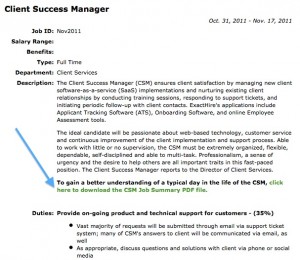 Is it enough to just create a comprehensive job description for the position noting all of the essential job requirements (with percentage of time spent on each duty allocated), qualifications and even workplace hazards chart? Maybe not. While it is important to have this unabridged version of the job description, as well as the more concise job posting description in circulation, take the opportunity to illustrate to candidates what it looks like to be successful in the role…after six months or a year, for example. What happens during a typical day/week? What will the candidate have accomplished or be working on independently in order for your organization to call him/her an “A Player” or a top 10% hire?
Is it enough to just create a comprehensive job description for the position noting all of the essential job requirements (with percentage of time spent on each duty allocated), qualifications and even workplace hazards chart? Maybe not. While it is important to have this unabridged version of the job description, as well as the more concise job posting description in circulation, take the opportunity to illustrate to candidates what it looks like to be successful in the role…after six months or a year, for example. What happens during a typical day/week? What will the candidate have accomplished or be working on independently in order for your organization to call him/her an “A Player” or a top 10% hire?
Make this sheet available to all candidates at the point of application by simply linking to it within the body of the job description. That way, truly interested applicants may take the time to download the document and get a better sense for the position, company culture. Applicants with the best potential job fit will become even more engaged and others will simply self-select out of the process after understanding more of the demands of the position. Here’s an example of a success factors description I put together for a position we hired earlier this year.
And #1… Create an up-front-contract about hiring process milestones and then deliver!
You may not always know exactly how many steps each positions’ selection process will have at the onset of initial interviews, but you should at least have a general idea. Stand out from the rest of your employer competitors by being upfront with applicants and bringing a sense of transparency to your hiring process. The best part about this list item is that it’s super easy!
All you have to do is give candidates expectations about how many steps are involved in the hiring process, what they are and how long you expect it to take to proceed through each section of the hiring funnel. And if your process isn’t set in stone, that’s okay, just tell them that’s the case but promise to keep them apprised of any changes to the details of the interviewing process.
Outline this process to candidates during the first interview (often, a phone screen) or even earlier by including it in any emails sent to the candidate to request that an initial interview be scheduled. The good part about speaking to candidates about your interviewing process details is that you can receive their immediate response as to whether or not they anticipate being able to participate in a process that takes the length of time that yours may require. If they can’t, no worries – you haven’t wasted your time or their time by conducting an initial interview. Candidates are more likely to be candid with you if you are candid with them.
Do you have other suggestions on how employers can improve their etiquette during the hiring selection process? Please comment and share your ideas! For more information about how our organization can help you leverage technology to improve your recruitment brand, please contact ExactHire.
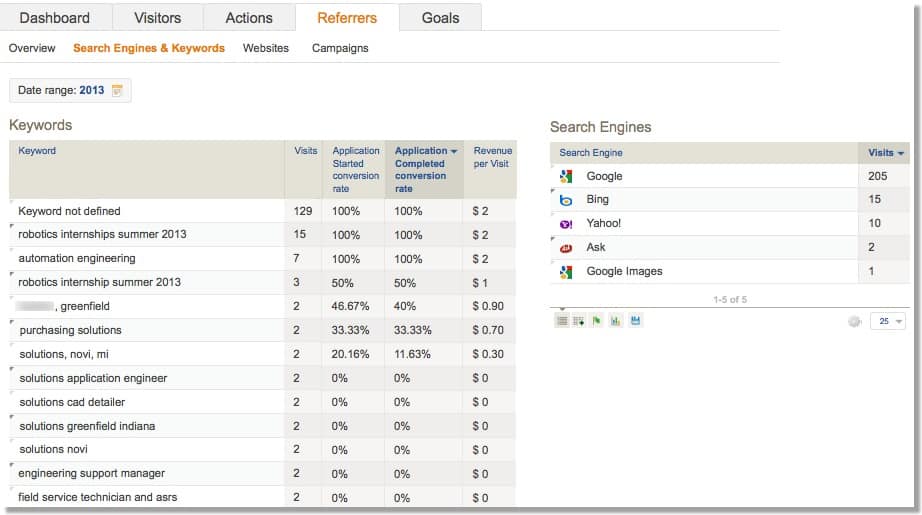
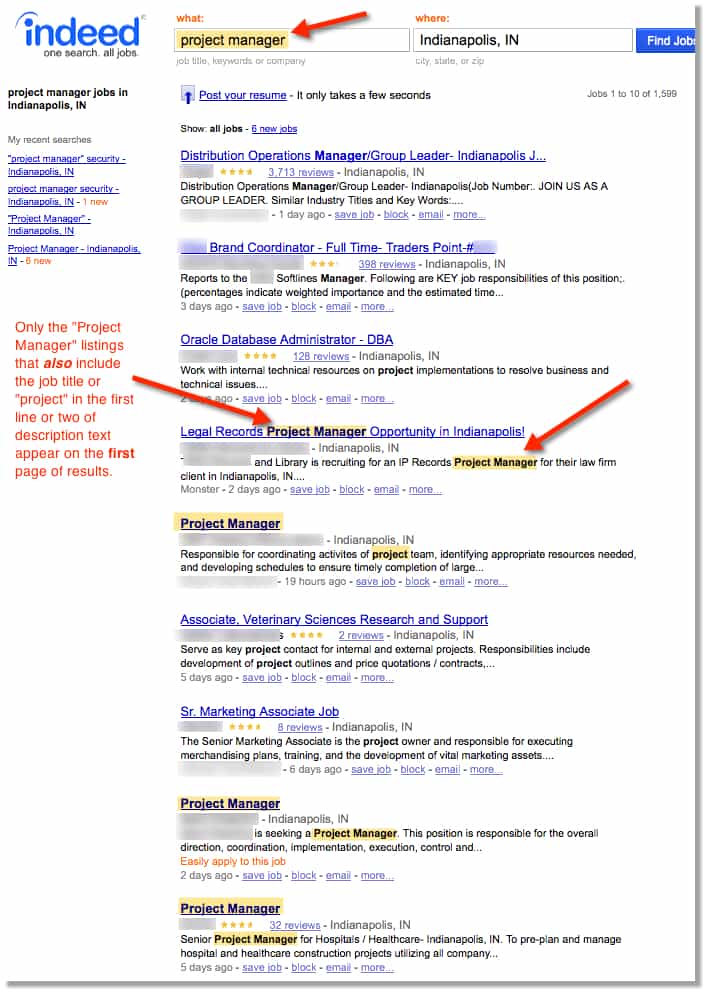

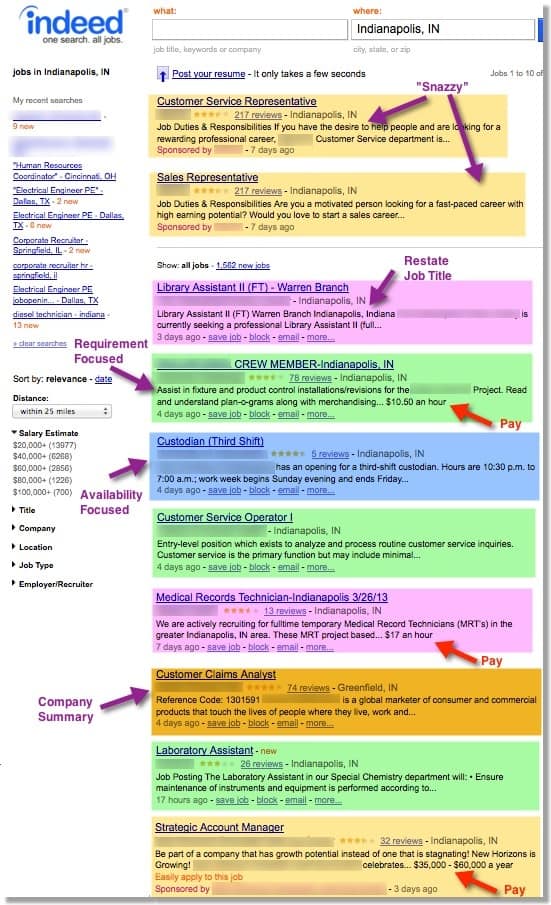





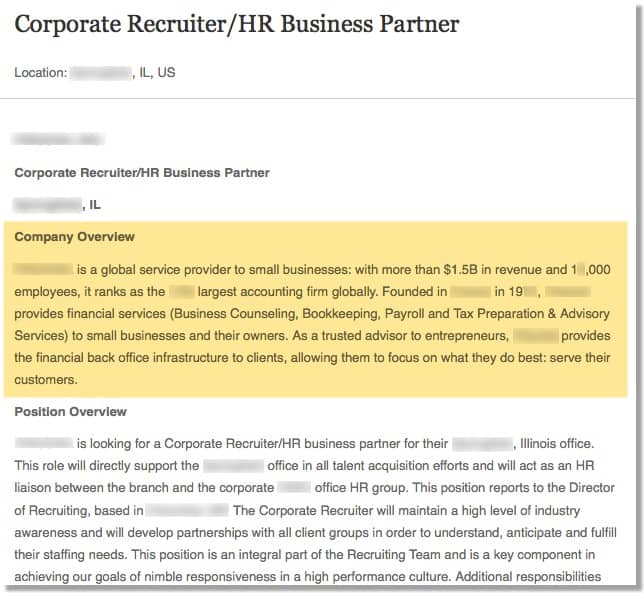
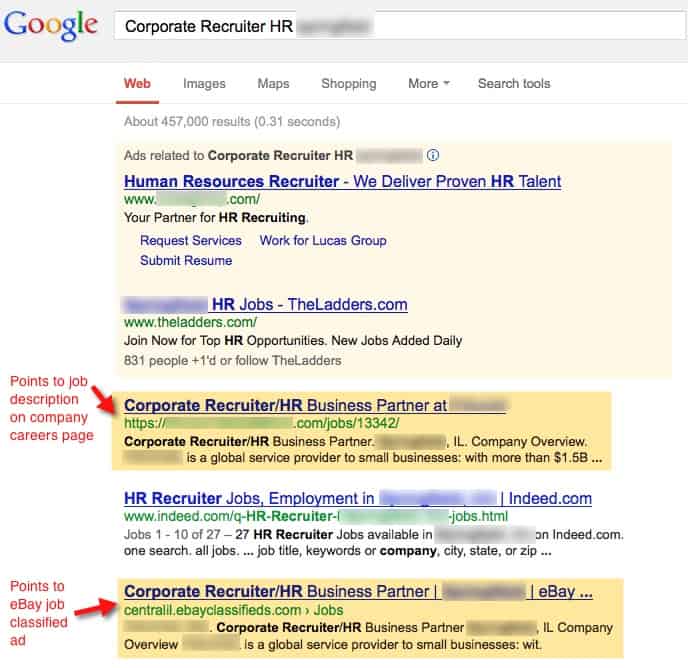


 The best potential hires will take time to research your organization before their first interview, and often, before they even apply to a position. As a recruiter, you can always tell who did their homework based on the answers to your questions or comments they make in the interview. Don’t disappoint your interviewees by failing to return the favor of preparing to interview them, as well. Your best applicants may quickly disengage from the process when recruiters have to fumble around during the phone interview and take time to read the candidate’s resume and application to get up to speed because the recruiter failed to do so before the interview began.
The best potential hires will take time to research your organization before their first interview, and often, before they even apply to a position. As a recruiter, you can always tell who did their homework based on the answers to your questions or comments they make in the interview. Don’t disappoint your interviewees by failing to return the favor of preparing to interview them, as well. Your best applicants may quickly disengage from the process when recruiters have to fumble around during the phone interview and take time to read the candidate’s resume and application to get up to speed because the recruiter failed to do so before the interview began. Chances are, if you are following the other recommendations in this list, you will start to see even better candidates – especially in the final stage of your selection process for various positions. This is a great situation, but it will make the final decision harder since you’ll be choosing from among “A players.” Make a lasting impression on the final interviewees who aren’t selected by offering to not only stay connected with them (i.e. via LinkedIn, Twitter, automated job alerts, etc.), but also to encourage them to use you as a networking resource to help them get their foot in the door at other organizations.
Chances are, if you are following the other recommendations in this list, you will start to see even better candidates – especially in the final stage of your selection process for various positions. This is a great situation, but it will make the final decision harder since you’ll be choosing from among “A players.” Make a lasting impression on the final interviewees who aren’t selected by offering to not only stay connected with them (i.e. via LinkedIn, Twitter, automated job alerts, etc.), but also to encourage them to use you as a networking resource to help them get their foot in the door at other organizations. This one isn’t for the faint of heart as you are opening the floodgates for potential negative comments – but this is all about improving, right? A baby step for this option would be surveying your newly hired employees to find out what they liked/disliked about their recruiting experience.
This one isn’t for the faint of heart as you are opening the floodgates for potential negative comments – but this is all about improving, right? A baby step for this option would be surveying your newly hired employees to find out what they liked/disliked about their recruiting experience. Is it enough to just create a comprehensive job description for the position noting all of the essential job requirements (with percentage of time spent on each duty allocated), qualifications and even workplace hazards chart? Maybe not. While it is important to have this unabridged version of the job description, as well as the more concise job posting description in circulation, take the opportunity to illustrate to candidates what it looks like to be successful in the role…after six months or a year, for example. What happens during a typical day/week? What will the candidate have accomplished or be working on independently in order for your organization to call him/her an “A Player” or a top 10% hire?
Is it enough to just create a comprehensive job description for the position noting all of the essential job requirements (with percentage of time spent on each duty allocated), qualifications and even workplace hazards chart? Maybe not. While it is important to have this unabridged version of the job description, as well as the more concise job posting description in circulation, take the opportunity to illustrate to candidates what it looks like to be successful in the role…after six months or a year, for example. What happens during a typical day/week? What will the candidate have accomplished or be working on independently in order for your organization to call him/her an “A Player” or a top 10% hire?